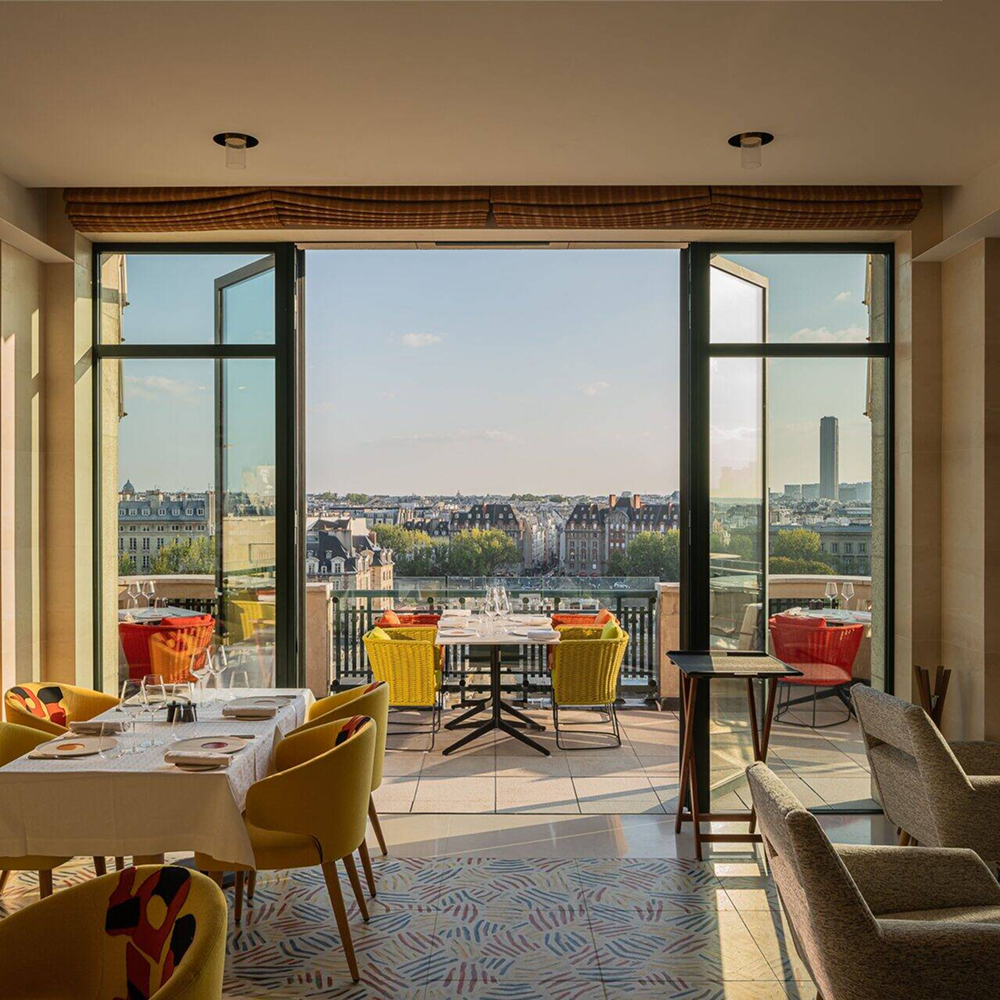

Every guest decision begins with how your website behaves. Fast load, smooth navigation, clear page logic. These are not design questions but technical ones. Guests rarely notice good infrastructure, but they feel the results. Without a solid base, even the best campaign or photography fails to convert. Your architecture should support calm, control, and consistency across all devices and all times of day.
Visual identity matters, but only after stability. Before you improve how your site looks, focus on how it loads, how it scales, and how easy it is to navigate. Check the order of priorities. Layout and images depend on architecture and hosting. A weak structure slows down the entire booking path. A reliable site, on the other hand, absorbs traffic without delay, resists bugs during campaigns, and ensures guests find what they need on the first try. Sites like La Bastide de Gordes perform because their structure is as polished as their styling.
Your website should be easy to read and even easier to browse. Organise the menu around real guest needs: stay, dine, spa, gallery, offers, contact. Avoid hiding essential content under vague sections or complex dropdowns. Each page should be reachable in two clicks or less. Remove duplicate content and fix broken links regularly. Use clear, concise URLs. Royal Champagne Hotel & Spa applies this principle well. Its site hierarchy is clean, with short menus and high-visibility paths to rooms, experiences, and offers. Guests can orient themselves within seconds.
A clear internal network keeps users moving forward. It also improves your site's indexing and search relevance. Build logical bridges between key sections. Link your offers to related room types. Connect wellness content to your spa calendar. Avoid links that lead to general pages or overlap with the menu. Every link should match a guest action. On Lily of the Valley, the internal structure is subtle but precise. Guests move easily from detox programs to suites, then to booking without confusion or backtracking. This clarity reduces bounce and supports organic visibility.

A slow or unstable site undermines trust. Every second of delay increases drop-off, especially on mobile. Invest in reliable hosting with adequate bandwidth and global coverage. Implement browser caching, code minification, and responsive image compression. These steps reduce load time and protect performance during campaign peaks or high season. Avoid shared hosting plans that cap performance. Guests booking luxury stays expect seamless digital comfort. Sites like Cheval Blanc Paris maintain consistent speed and clarity across all devices and regions. That reliability reflects operational excellence.
Once the base is secure, you can refine user-facing elements that help guests move with ease. This includes structured data, smart on-site search, and consistent layouts. These details support decisions and reduce doubt.
Structured data helps search engines understand your content. It improves how your hotel appears in search results, making room types, pricing, and reviews more visible. Use schema.org tags to label the right elements: property name, room categories, location, services, policies. This improves your chances of appearing in rich snippets and future AI-based search features. Sites like The Maybourne Riviera apply structured data to ensure their hotel is presented with precision across search platforms. It’s a quiet but essential layer of digital performance.


Many bookings come from returning guests. A clean on-site search experience helps them skip unnecessary clicks. Replace vague search bars with structured filters: by room type, season, or offer. Suggest relevant terms or link to high-demand dates. This saves time and supports repeat conversion. On Hotel Crillon le Brave, the navigation includes helpful shortcuts to curated offers and availability. The user does not need to start from the homepage or guess the menu logic. Every second saved supports comfort and trust.
Page layouts should feel familiar no matter where the guest clicks. Use the same header structures, fonts, buttons, and section logic throughout the site. Avoid switching visual languages between pages. The consistency itself acts as reassurance. Guests interpret design stability as care. Château Saint-Martin & Spa reflects this well: the page styling is identical across rooms, spa, dining, and offers. This coherence reinforces the feeling of professionalism and makes the site easier to navigate, especially on mobile.
A full rebuild rarely brings the strongest impact. The most effective improvements come from a stable foundation. Before adding content, launching ads, or refreshing templates, confirm that your technical base can support growth. A calm review of structure, speed, links, hosting, and layout aligns the site with performance standards. A single day of targeted adjustments often generates more value than weeks of campaign optimisation. A fast, reliable, and well-structured website gives every visitor a smoother path to conversion from the first click to the fifth.